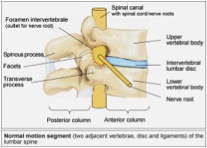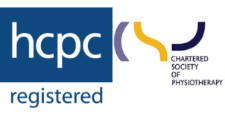The anterior cruciate ligament (ACL) is a strong ligament which runs diagonally through the middle of the knee. It prevents the femur (thigh bone) from sliding out in front of the tibia (shin bone) and gives rotational stability to the knee.
The ACL is one of the most common knee injuries that occur in sport. Most ACL injuries occur during non-contact running, jumping, and landing tasks with inadequate neuromuscular control of the lower limb. That is when you slow down very quickly, change direction rapidly, or land incorrectly from a jump. This is commonly due to decreased knee flexion (knee bend), increased knee valgus (knee collapsing in), and internal rotation at the hip during landing and cutting movements. It can also happen through direct contact or collisions such as a football tackle.
Horsley (2015) outlines the risk factors that influence the alignment through the lower limb:
Weak muscles: gluteals, quadriceps, foot supinators
Over recruitment: hamstrings, hip adductors, trunk flexors
Decreased proprioception (joint position sense)
Reduced dorsiflexion of the ankle
Reduced tibial internal rotation
Usually you will know if you have injured your ACL as you may hear a ‘popping’ sensation in the knee. You may also feel the knee ‘give way.’ There is often severe pain and inability to continue with sporting activity, the patient is often unable to weight bear. Swelling begins quite quickly within a few hours as the ACL has an abundant blood supply.
There are different severities of ACL tear ranging from a grade one tear (the ligament is mildly damaged but is still able to keep the knee joint stable) to a grade three tear (the ligament has been snapped in two and the knee joint is unstable).
Treatment for an ACL tear will depend on the severity of the damage to the ligament and the patient’s individual needs. For example the young athlete involved in agility sports will most likely require surgery to return safely to sports, versus the less active individual that could be managed with non-surgical intervention.
Surgical treatment involves removing the ACL and replacing it with a graft (often a section from the patella tendon or hamstring) which is then screwed in from the femur to the tibia to replicate a new ligament. Rehabilitation from surgery is vital for return to sports and daily activity. A physical therapy programme will focus on regaining knee strength, movement, and stability. It usually takes 6 months to a year to make a full recovery from ACL reconstruction; however this is very dependent on the individual and how closely you follow the programme and advice from your therapist.
If you are suffering with knee pain or want to know more about the treatment for ACL injuries please get in touch with one of our highly trained Physiotherapists or contact us on 01273 667826 at one of our clinics.

















